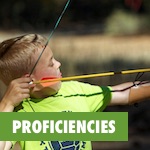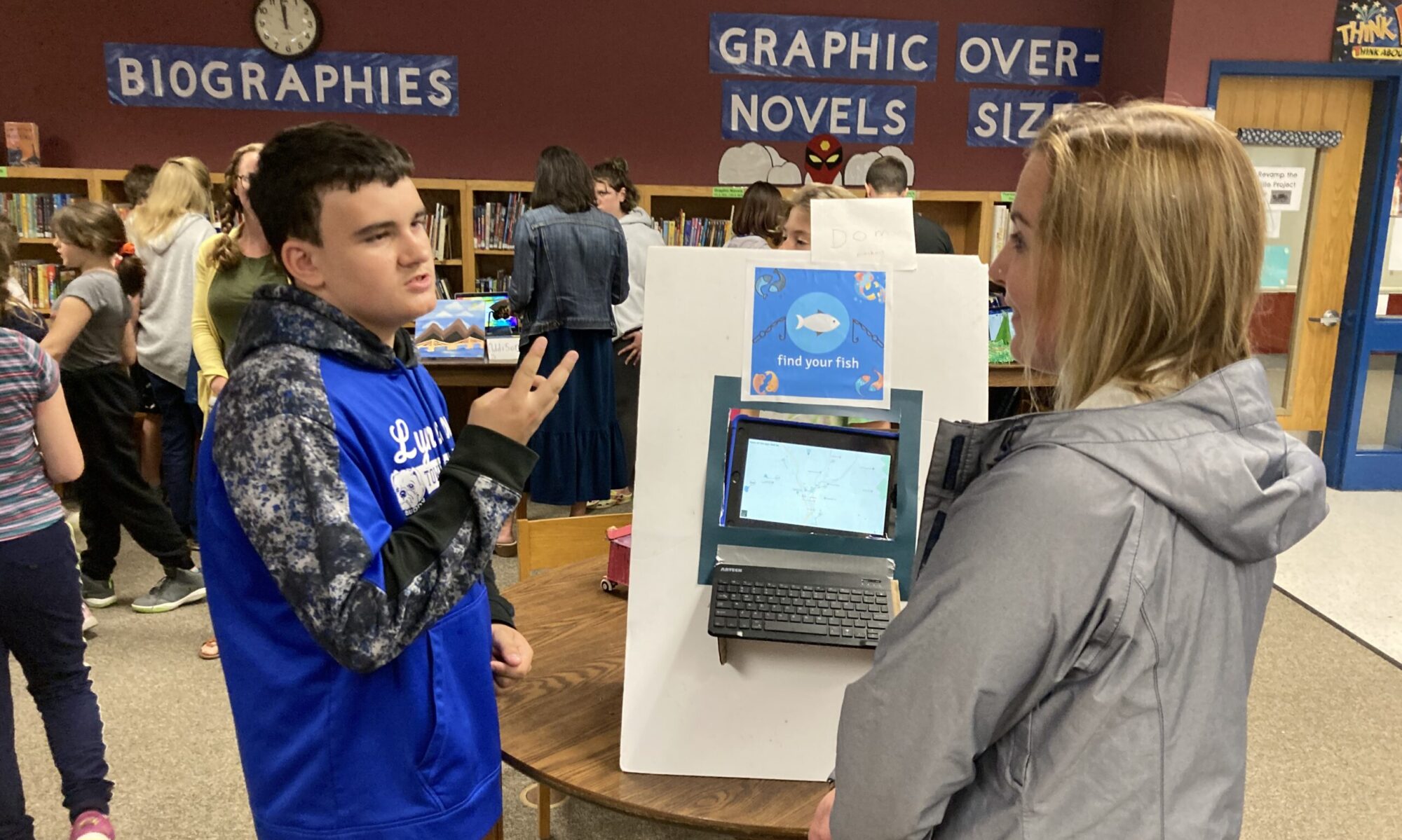Equitable access for each & every student
 Many of us doing proficiency work in the state see it as a means of ensuring equitable access for all students. A proficiency-based learning environment asks the learning community to partner together. The goal: to make certain all learners meet clearly articulated targets for success.
Many of us doing proficiency work in the state see it as a means of ensuring equitable access for all students. A proficiency-based learning environment asks the learning community to partner together. The goal: to make certain all learners meet clearly articulated targets for success.
And, the VT Agency of Education agrees. As articulated in the Proficiency-Based Learning Team’s Why is Proficiency-based learning Important? proficiency-based education is a means to reach equity for each and every student:
“A proficiency-based education system benefits all by allowing students to progress at their own pace and creating the space and time to do so. Students are given sufficient time to finish assignments and meet learning targets. Educators respond to individual learning needs by providing timely, differentiated feedback and support. If students do not initially meet expectations for proficiency, they are given additional opportunities to demonstrate proficiency without penalty. Those who progress quickly might dig deeper into the content or move onto learning new concepts. Students eligible for special education services are expected to meet the same requirements as their nondisabled peers in an accommodated and/or modified manner. Proficiency-based learning must exist in a learning environment that fosters strong social and emotional development and encourages high achievement for each and every learner.”
Special education implications: shifts in practice
Let’s look at how one Vermont special educator embraces proficiency-based teaching and learning.
Meet Angela Spencer, a special educator at Lamoille Union Middle School in Hyde Park, VT. Spencer describes the shifts in practice needed to support students’ growth in a proficiency-based system.

Key ideas in shifting practice for equity
In the past, much of Spencer’s work with students occurred in silos during intervention time. She says students feel more integral, like they are part of the school now.
A key benefit: “utilizing the transferable skills and their habits of work scores to develop life skills goals and behavior goals because before they were all so accuracy based. I can come to class and sit for 80% of the time might now be I can come to class and be a participant following a habit of work. Or, getting a job would be a transferable skill so now we have more of those we can play with to make those goals.”
Here is an example of Spencer’s Behavior Goals with Proficiency Tracking scale.
Collaborating with teachers
With proficiency-based teaching, Spencer is now able to use teacher-created rubrics. And these rubrics support calibration during progress-monitoring.
Spencer shares how she and the classroom teachers on her team work to create learning targets and scales that meet individual learners’ needs and mark growth. They do so by backing out targets for instruction and assessment. She concludes that proficiency-based teaching and learning “finally gets to the point of what individualized plans were, making it about what the individual students needs.” This work took her there.
Sara Crum, Champlain Valley Union High School
Learn more about what Spencer describes in the video about backing out targets with this blog post from Sarah Crum, special educator at CVUHS. Standards Based Learning and Special Education on the CVULearns blog (excerpted below):
“Again, this type of modification requires taking the classroom target and backing it out by articulating the two, the one and below. Then, like using a ruler, the teacher assesses the student on a different set of 1-4, but using the same targets and skills so that the ultimate goal is to get back on the classroom targets.”
–Shifted Scale: Backing Out Targets for Instruction & Assessment
Supporting all learners through targeted professional development
Remember the VT AOE article Why is Proficiency-Based Learning Important? I referred to earlier? In it, the authors make explicit that special education students are “expected to meet the same requirements as their nondisabled peers in an accommodated and/or modified manner.” The National Center for Disabilities agrees. “CBE allows students to demonstrate mastery of competencies in many ways, and by allowing such broad differentiation, it has the potential to increase access of students with learning and attention issues to the general education curriculum.”
Our Vermont context
Among the 10 National Center for Learning Disabilities recommendations is “general and special education teachers must have on-going CBE professional development.” Here in Vermont, the recently passed Act 173 can be a means to help us meet this goal. Act 173 aims to enhance the effectiveness, availability, and equity of services provided to students who require additional support. It also changes the distribution of special education funding in our state in order to do so.
This year, the VT AOE will work with the Act 173 Advisory Group. Together they will develop a state-wide, coordinated professional learning plan for anticipated stakeholder groups. The Instructional Strand supports supervisory unions by providing instructional staff, including general education and special education teachers, professional development. The goal: to adopt best practices to meet the needs of all learners.
Learning from and with our special educators
In Sally Allen’s article Is it Special Education or Proficiency Based Education? Yes she argues that proficiency based learning is synonymous with what special educators have been up to successfully for years:
“Teachers provide multiple pathways for students to demonstrate mastery. In many classrooms it’s difficult to tell the special education classrooms apart from the regular education classrooms, especially at the younger levels. There is student responsibility and accountability, students are grouped and regrouped according to skills that need to be targeted and learning is celebrated.”
We’ve got a lot to celebrate here in Vermont!
Explore further
I recommend reading Designing for Equity: Leveraging Competency-Based Education to Ensure All Students Succeed. The equity principles in the report help districts and schools to create an equity agenda. “Equity is an intentional design feature embedded in the culture, structure and pedagogy” to ensure success for all.
How might you leverage the proficiency work in your context to expand access for all?


